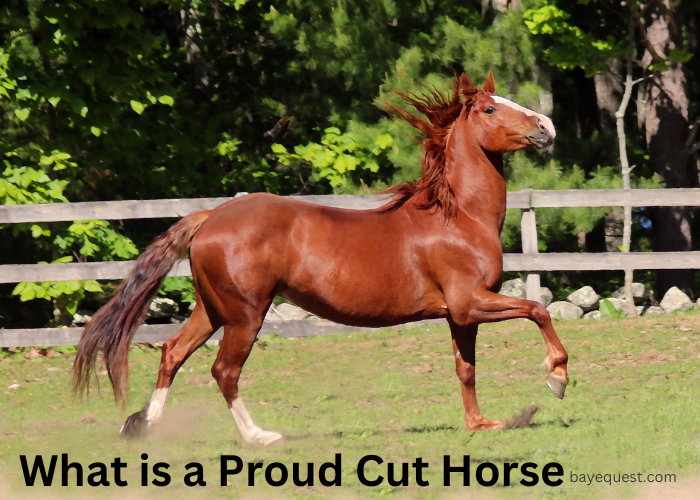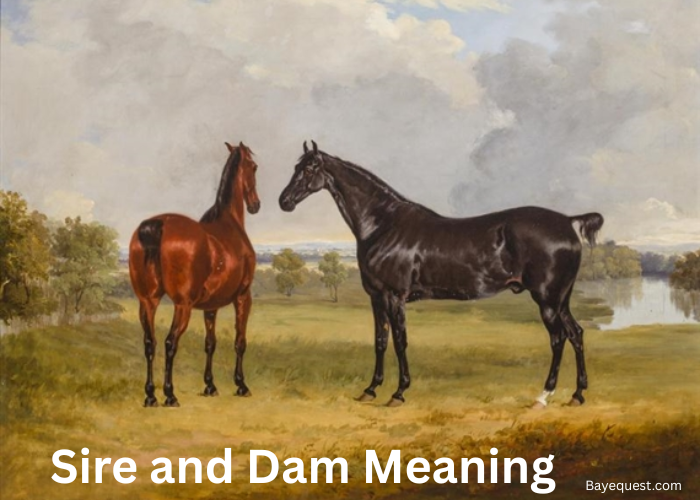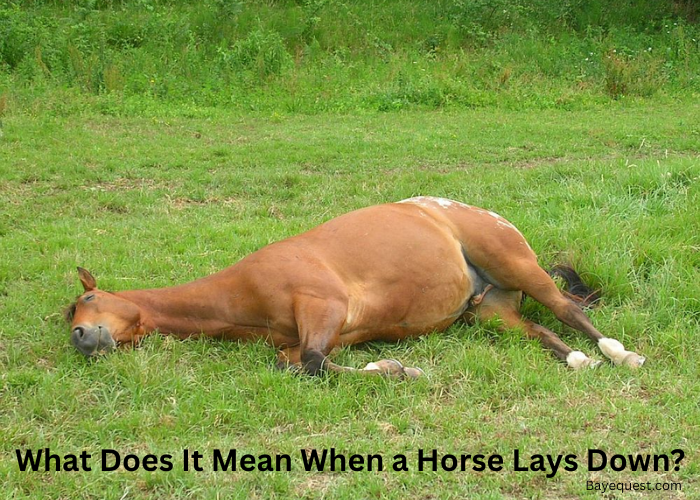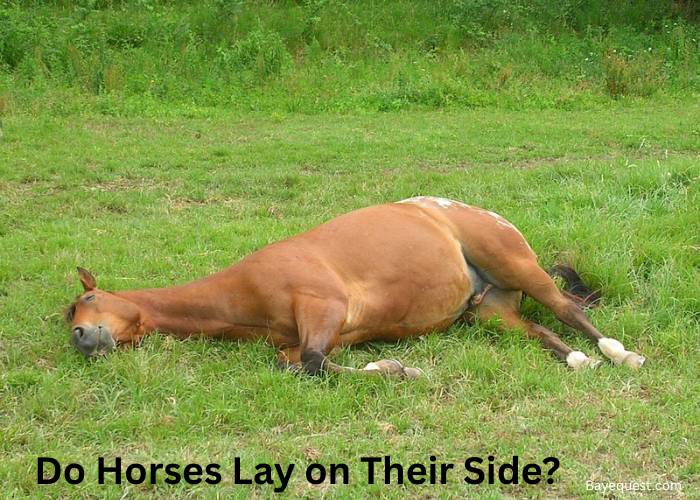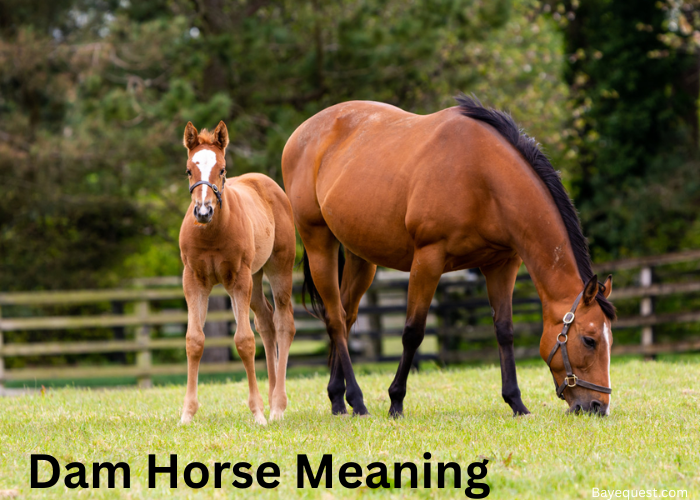A proud cut horse is a bit of a mystery for many. It’s a term you might hear thrown around when talking about geldings that still act like stallions.
But what exactly does it mean? Is it just a behavioral issue or something more?
In this post, we’re going to break it down. We’ll explain why some horses still behave like stallions even after castration.
If you’re a horse owner or curious about this, keep reading to get the full story.
What is a Proud Cut Horse? Key Takeaway
A proud cut horse is a gelding that still shows stallion-like behaviors due to incomplete castration. This happens when some testicular tissue remains, causing the horse to continue producing small amounts of testosterone. Proud cut horses can be more aggressive or territorial, but they cannot breed.
Proud Cut Horse Definition
A proud cut horse is a gelding that still acts like a stallion. This happens when castration is incomplete.
Normally, both testes are removed during castration to stop testosterone production. Testosterone is the hormone that causes stallion behaviors like aggression and mounting.
If any testicular tissue remains after surgery, it can still produce testosterone. This makes the horse continue to show stallion-like behaviors, even though it’s technically a gelding.
In some cases, the behavior could be due to lingering testosterone in the blood after castration. Veterinarians can run blood tests to check testosterone levels.
Read also: What is a Proud Flesh?
The Castration Process
The castration process is a surgical procedure to remove a male horse’s testicles. It’s done to stop the production of testosterone, which controls stallion behaviors.
The vet first sedates the horse and gives a local anesthetic to numb the area. Then, the vet makes an incision in the scrotum. Both testicles are then removed through this incision.
Once the testicles are out, the vet ties off the blood vessels to prevent bleeding. The incision is usually left open to heal naturally, allowing any fluids to drain.
Over time, the wound heals, and the horse should stop showing stallion-like behaviors as testosterone levels drop.
What is Cryptorchidism?
Cryptorchidism is a condition where one or both of a horse’s testicles fail to descend into the scrotum. Instead, the testicle stays inside the abdomen or the inguinal canal.
This condition prevents the horse from being fully castrated through a standard procedure. Even with one testicle undescended, the horse still produces testosterone.
As a result, the horse may continue to act like a stallion. Cryptorchidism often requires a more complex surgery to remove the undescended testicle.
Causes of Cryptorchidism
Cryptorchidism in horses is caused by a failure of one or both testicles to descend into the scrotum during development. Here are the main causes:
Genetic factors. Cryptorchidism is often inherited, meaning it can be passed down from parent to offspring. If a stallion has this condition, it can be passed to his foals.
Developmental issues. During fetal development, the testicles normally move from the abdomen to the scrotum. Sometimes, this process doesn’t happen properly, leaving one or both testicles undescended.
Hormonal imbalance. A disruption in the hormones that regulate testicular descent can lead to cryptorchidism. These hormones are responsible for guiding the testicles through the inguinal canal into the scrotum.
Physical blockage. In some cases, a physical obstruction or abnormality in the inguinal canal can prevent the testicle from descending.
Diagnosis of Cryptorchidism
Diagnosing cryptorchidism in horses involves steps like:
Physical examination. A veterinarian first checks the scrotum to see if one or both testicles are missing. If the horse is young, the vet may wait to see if the testicle descends as the horse matures.
Hormone testing. Blood tests can be done to measure testosterone or anti-Müllerian hormone (AMH) levels. Elevated levels suggest the presence of testicular tissue, indicating cryptorchidism.
Ultrasound examination. An ultrasound can be used to locate undescended testicles within the abdomen or inguinal canal. This helps confirm cryptorchidism and determine the position of the testicle(s).
Laparoscopy. In some cases, a laparoscopy may be used to directly view the undescended testicle inside the abdomen and confirm the condition.
Behavior of a Proud Cut Horse
A proud cut horse often shows behaviors similar to those of a stallion, even after being castrated. Here are the common behaviors:
1. Aggression. Proud cut horses can be more aggressive toward other horses and people. They may exhibit dominant or territorial behavior.
2. Mounting. Even though they are castrated, they may still try to mount mares, a behavior driven by lingering testosterone.
3. Territoriality. These horses can be protective of their space, acting like stallions who guard their territory.
4. Excitability. Proud cut horses may be more excitable or difficult to control, reacting strongly to mares or other horses around them.
5. Vocalization. They may whinny or vocalize more, much like an intact stallion trying to assert dominance.
Myths and Misconceptions About Proud Cut Horses
Here are the sentences for each myth:
1. Not all aggressive geldings are proud cut; aggression can come from other factors like training or temperament.
2. A proud cut horse isn’t always a result of improper castration. Lingering hormones can cause temporary stallion-like behaviors.
3. Proud cut horses are infertile despite producing some testosterone because most reproductive tissue is removed.
4. Proud cut horses don’t always need surgery; behavior or hormone treatments can sometimes manage the issue.
5. Not every gelding with stallion-like behavior is proud cut. Other factors like stress or social dynamics can cause similar behaviors.
Stallion Vs Gelding Behavior
Stallions and geldings act very differently.
Stallions are full of testosterone, which makes them more dominant and aggressive. They’re often territorial, protective, and more likely to challenge other horses.
Stallions also have a strong drive to breed, so they can be hard to handle around mares. They’re more vocal, always showing off, and sometimes difficult to control.
On the other hand, geldings are calmer. Since they no longer produce testosterone, they don’t have the same aggressive or territorial instincts.
They’re usually easier to train and work with because they’re not distracted by mares or driven by the urge to dominate. Geldings tend to be more relaxed and are better suited for casual riding or work environments.
While stallions may need experienced handlers, geldings are often safer and more predictable. Overall, geldings have a more steady, reliable temperament, while stallions can be fiery and challenging.
Read also: What is Pin Firing Horses?
FAQs
Can a proud cut horse still breed?
No, a proud cut horse cannot breed. Even though it may still produce some testosterone and show stallion-like behavior.
How common are proud cut horses?
Proud cut horses are relatively uncommon. With proper castration techniques, most geldings do not retain testicular tissue. However, cases can still occur if the procedure isn’t performed correctly.
Conclusion
A proud cut horse is a gelding that still acts like a stallion due to leftover testicular tissue. This can happen if castration wasn’t done properly, causing the horse to produce small amounts of testosterone.
While it can lead to behaviors like aggression and mounting, a proud cut horse cannot breed. If you suspect your gelding is proud cut, a vet can run tests to confirm it.
Managing these behaviors may require further surgery or careful handling. Understanding this condition helps keep your horse healthy and well-behaved.




